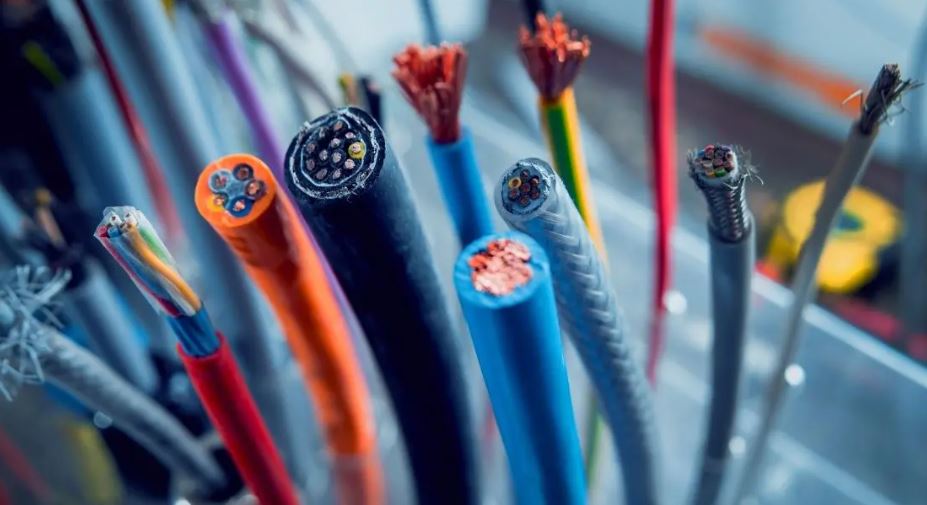The wires and cables market in the U.S. is also referred to as the backbone of the energy and connectivity in the country. Wires and cables are enabling virtually all aspects of life, whether it is the plethora of copper lines that bring electricity to homes and businesses, or the high-speed fiber lines that connect cloud data centers. As the country gains momentum in infrastructure modernization, clean energy deployment, and digitalization, the necessity to have a secure and reliable cabling support system has never been as acute or as strategic.
The U.S. Department of Energy reported that more than 70 percent of the transmission lines and transformers are aged over 25 years, and almost 60 percent of circuit breakers exceed their life expectancy. Meanwhile, the Federal Communications Commission (FCC) claims that approximately 14.5 million Americans remain without high-speed broadband access, particularly those in the rural locations. The capital investment in the critical infrastructure, which was long overdue, is one of the drivers of the momentum. Hence, the demand for cables and wires is rising in the U.S. across industries, leading to forecasts of the U.S. cables and wires market to exceed revenues of $44 billion by 2030.
Decoding the Soaring Demand for Cables & Wires
National Infrastructure Investment
Progress is being made in replacing old electrical and telecommunications systems with funding from both the federal government and the states. The focus of such projects is high-capacity wires and underground power cables that serve the urban and rural markets.
Clean Energy Expansion
The expansion of the solar and wind farms requires long-distance, durable transmission cables. Since more than 50 GW of solar power was installed in 2023 alone, dedicated cabling becomes a key element of accommodating renewables to the national grid.
Electric Vehicle Expansion
The proliferation of EV charging stations is also demanding cables that can manage high heat and current, an important attribute to ensure safe and efficient charging at both commercial and domestic locations.
Broadband and 5G Network Buildout
Efforts to close the digital divide are driving a surge in fiber optic cable deployment, especially in previously underserved communities.
Smart Grid and Automation
Modern power systems increasingly require cables that can transmit both electricity and data, supporting smart meters, load balancing, and real-time monitoring.
How Wires and Cables Are Evolving
Halogen-Free Flame Retardant (HFFR) Cables
Fire safety standards are prompting a shift toward halogen-free materials. Companies like Southwire and Nexans are developing HFFR cables for use in high-occupancy buildings where low smoke and toxicity are vital during emergencies.
XLPE-Insulated Power Cables
Cross-linked polyethylene insulation, known for its heat resistance and longevity, is gaining traction in high-voltage and underground systems. Prysmian Group has introduced new XLPE cables designed specifically for urban grid upgrades.
Armored and Submarine Cables for Offshore Energy
The expansion of offshore wind farms and underwater telecom lines is increasing demand for armored and submarine cables. General Cable and LS Cable & System are producing robust solutions that ensure reliability in marine environments.
Lightweight and High-Performance Cables for Aerospace
In aviation and defense, the need for cables that are lighter, smaller, and more durable is driving innovation. TE Connectivity and Amphenol are among the firms producing aerospace-grade wiring that meets strict performance standards.
Sensor-Integrated “Smart” Cables
Utility companies are adopting cables embedded with sensors that monitor temperature, stress, or fault conditions. These intelligent systems are being deployed in tunnels, grids, and high-risk installations where predictive maintenance adds value.
The Wire Ahead: What Comes Next
The U.S. wires and cables market is progressing steadily, shaped by a combination of public investment, private innovation, and evolving technology needs. It’s no longer just about supplying power or transmitting data; it’s about doing so safely, efficiently, and intelligently. As aging systems give way to advanced networks, and as energy and digital requirements increase, cable manufacturers are responding with smarter, more adaptable solutions.
















